The secrets of prehistoric life often lie buried beneath layers of rock and soil, patiently waiting to be revealed. While paleontologists meticulously search fossil-rich regions for signs of ancient creatures, nature itself sometimes takes the lead, uncovering these hidden treasures in the most unexpected places. Through natural phenomena such as erosion, earthquakes, and ice melting, glimpses of Earth’s ancient history are brought to light, offering invaluable insights into the life forms that once roamed our planet. This article explores the fascinating ways in which nature reveals the deep past and illustrates the significance of these serendipitous discoveries.
Unveiling Through Erosion

Erosion is a powerful force of nature that gradually wears away earth’s surface, revealing what lies beneath. Wind, water, and other natural elements chip away at rocks and sediment, sometimes exposing fossils that have been long buried. One iconic example is the Grand Canyon, where layers of sedimentary rock and fossilized remains are unearthed, showcasing the geological and biological history spanning millions of years. Erosion along riverbeds, coastlines, and cliffs across the globe uncovers poignant stories of past life, helping scientists piece together the puzzle of evolution.
Earthquakes: Unintended Fossil Revelations

Earthquakes, though often feared for their potential to cause destruction, play an intriguing role in paleontology. The seismic activity associated with earthquakes can shift layers of rock, cracking open the ground and exposing fossilized remains previously hidden from view. In regions prone to frequent seismic activity, paleontologists often find new specimens as tectonic movements bring ancient layers to the surface. These discoveries can rapidly advance our understanding of species distribution and evolution over geological time scales.
Melting Ice and Glacial Retreat

Climate change has accelerated the melting of glaciers and ice fields worldwide, revealing ancient landscapes long concealed beneath the ice. As glaciers retreat, they expose soil and rock layers, often unveiling prehistoric fossils buried during previous cold periods. In the Arctic, for example, melting ice has revealed the well-preserved remains of mammoths and other ice age animals. These findings not only enrich our knowledge of past ecosystems but also provide clues to how ancient species adapted to climate changes.
Deserts: Surprising Reservoirs of Prehistory

Though deserts might seem inhospitable, they frequently surprise paleontologists with significant fossil finds. The arid climate helps preserve fossils, which can remain untouched for millennia until shifting sands uncover them. Deserts such as the Sahara or the Gobi have yielded astonishing discoveries of dinosaurs and ancient marine life. These findings challenge pre-existing theories about past life, sometimes providing evidence for vast, water-rich ecosystems in what are now barren landscapes.
Landslides as Natural Excavators
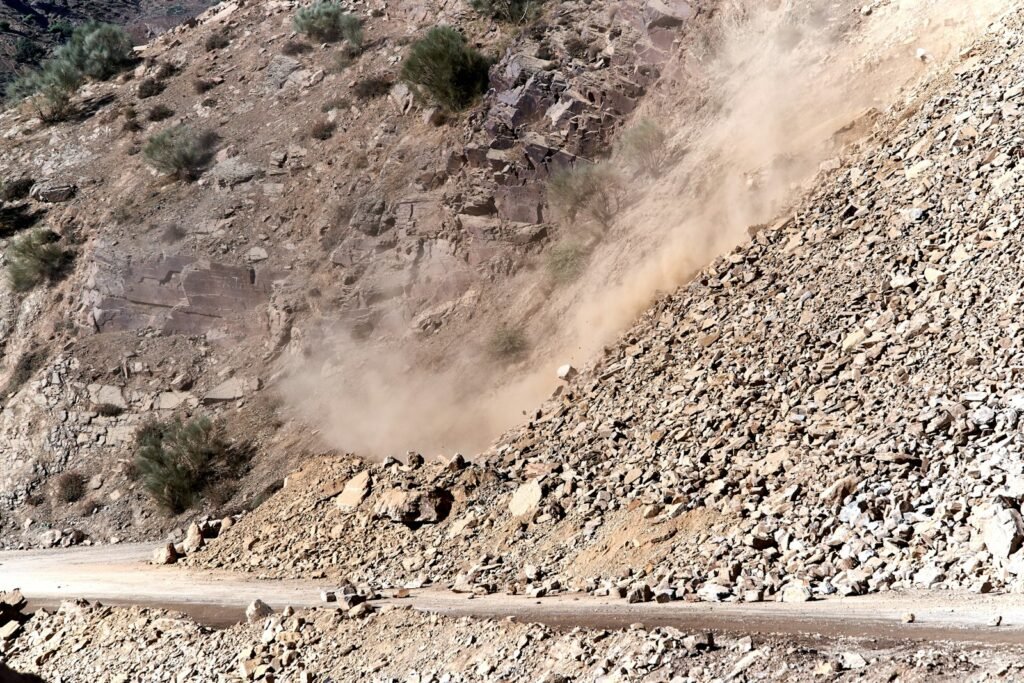
Landslides are dramatic events where earth and rock slide down slopes, inadvertently excavating and exposing layers of sedimentary rock that house fossils. In mountainous or hilly regions, landslides can reveal significant paleontological sites that were previously unknown. The sudden uncovering of these areas allows for a fresh look at environments that could have supported a variety of life forms, offering a snapshot of prehistoric biodiversity.
Volcanic Ash Preservations
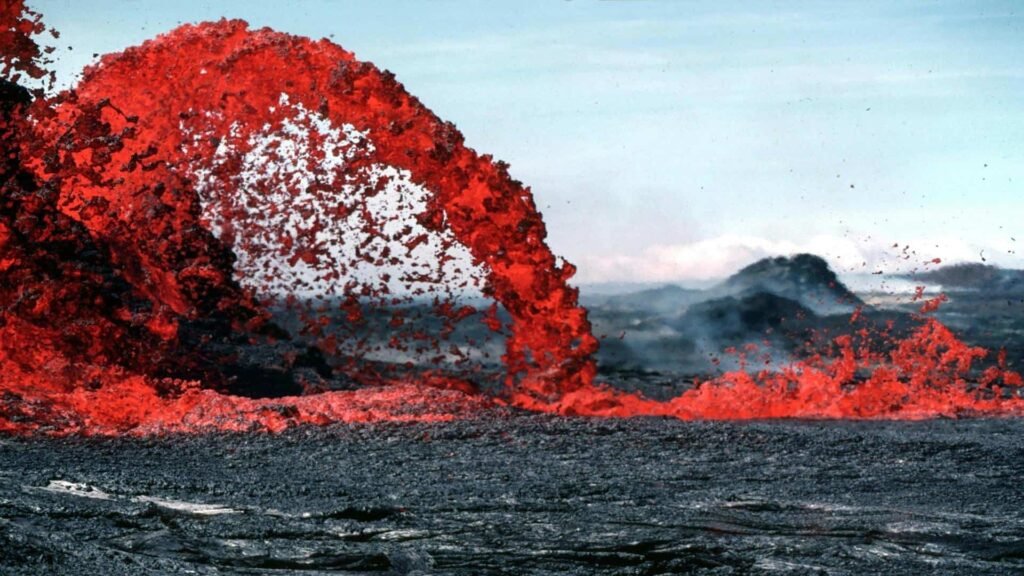
Volcanic eruptions, while devastating, can quickly cover landscapes in ash, preserving ecosystems in an instant. The ash acts as a protective layer, fossilizing plants and animals caught in its path. Fossilized remains found in these layers, such as those at Pompeii, provide a detailed record of the life at the moment of eruption. Analyzing these sites adds depth to our understanding of volcanic impacts on prehistoric life and the adaptations required to survive such events.
Chemical Weathering and Fossil Revelations
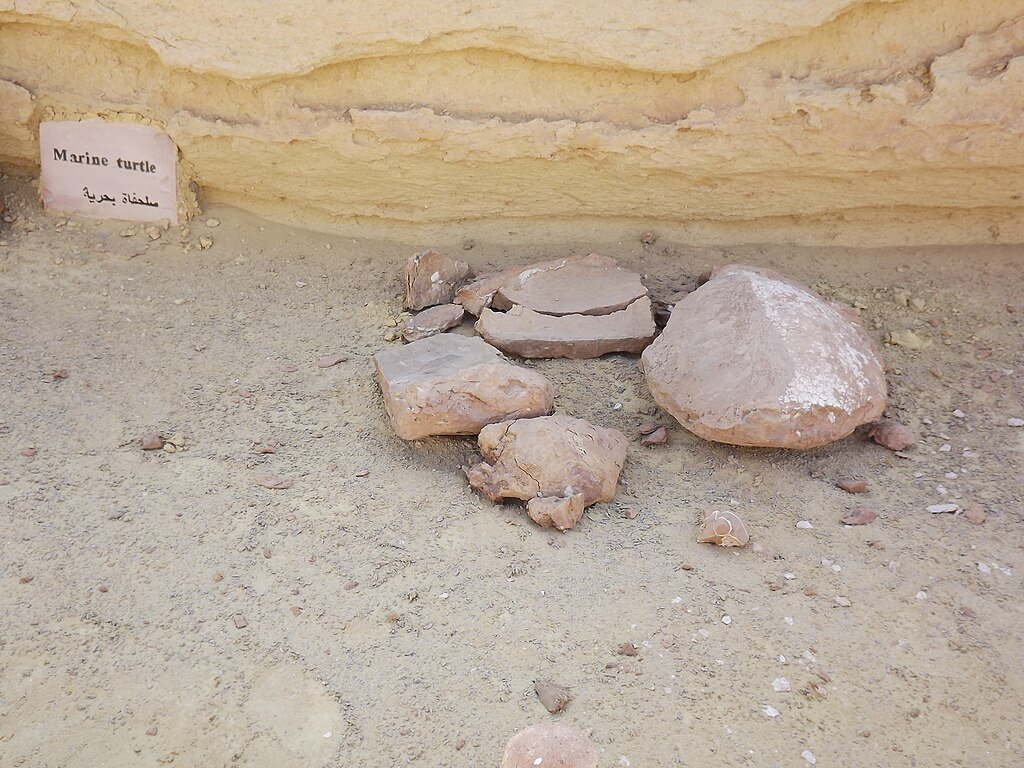
Chemical weathering, a process where rocks are broken down by chemical reactions, can dissolve minerals and expose fossils. Acid rain and other natural acids can wear away softer rock layers, leaving fossils composed of harder minerals exposed on the surface. This natural process helps paleontologists locate new specimens and sheds light on specific geological processes that affected ancient landscapes.
River and Stream Erosion

Rivers and streams carve through rock and soil, slowly revealing fossils contained within sedimentary rocks along their banks. As rivers change course or flood, they transport exposed fossils downstream, where they can be uncovered by researchers. This ongoing natural excavation in aquatic environments ensures a continuous supply of paleontological resources that can aid in mapping the distribution of ancient life.
Tsunamis and Coastal Revelations

Tsunamis, while catastrophic, can uncover coastal fossils by removing layers of sand and debris, revealing submerged landscapes filled with ancient remains. The strong wave action and sediment reshuffling associated with tsunamis provide surprising opportunities for discovering fossil beds near coastal regions and can offer insight into how previous oceanic events might have reshaped biodiversity.
Aeolian Processes and Deflation
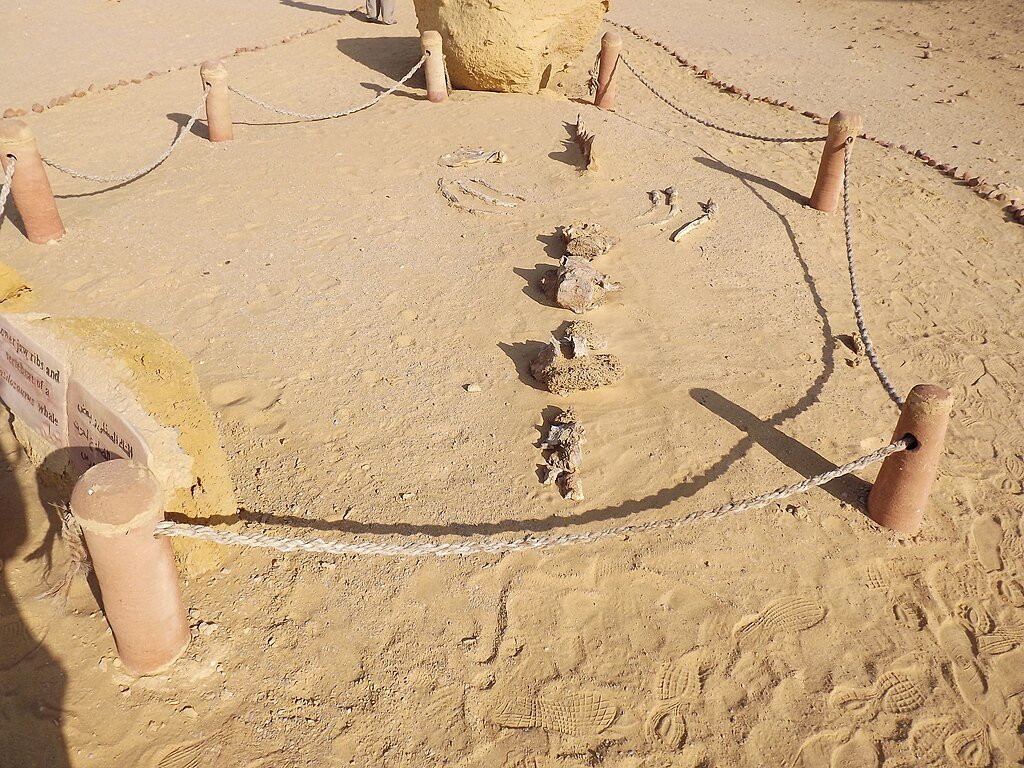
Aeolian processes refer to activities involving the wind, which can reshape landscapes by blowing away loose sediments. This process, known as deflation, can expose fossilized remains in arid and semi-arid regions where wind erosion is significant. Fossils revealed by deflation can provide critical information about the species that inhabited ancient desert environments and their adaptations to wind-driven change.
Jungle Clearings and Fossil Discoveries
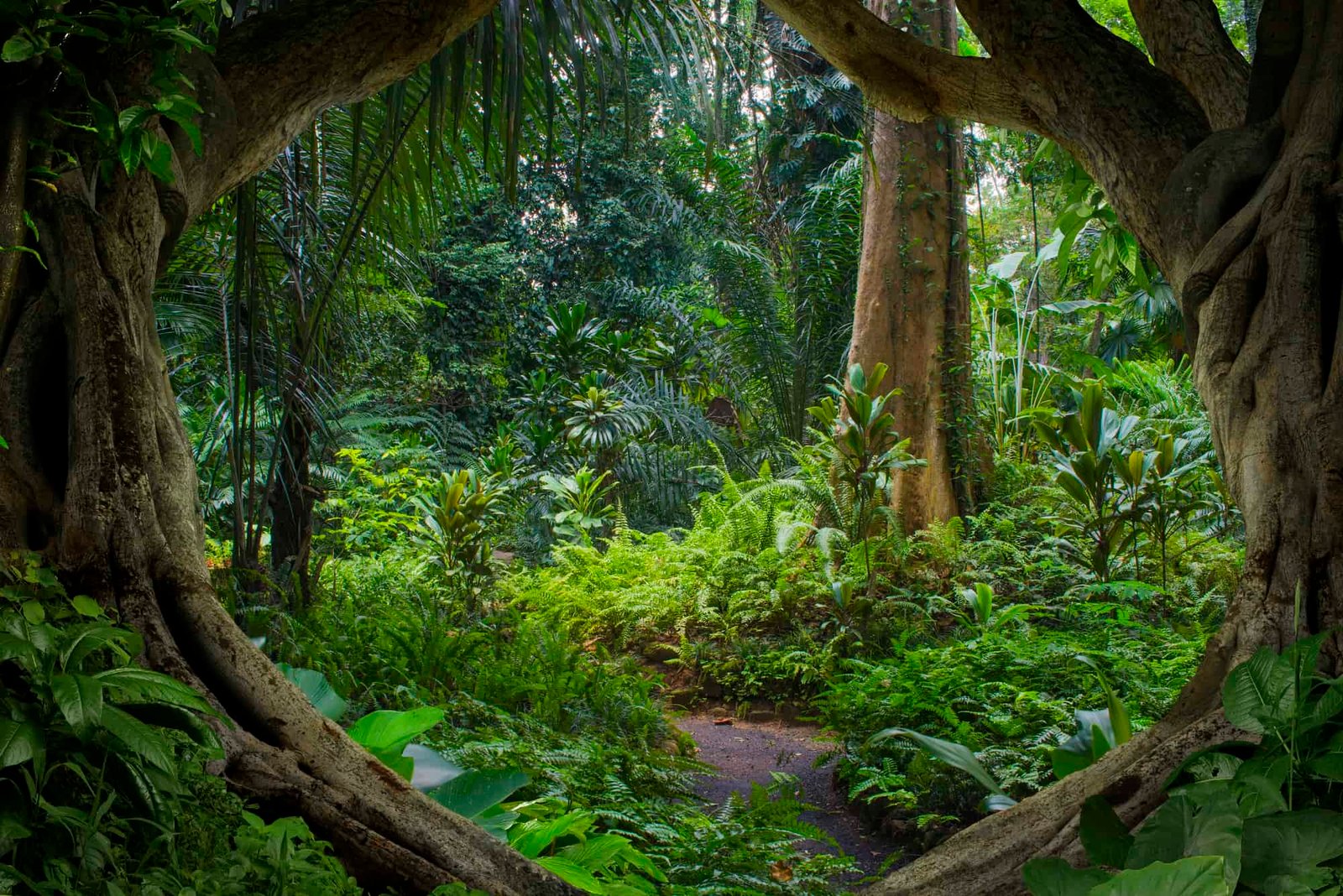
In tropical regions, dense foliage often conceals fossil sites until natural clearings—caused by fires or storm events—provide access. The thick, humid environment helps preserve organic materials, and once uncovered, these fossils offer unique insights into the prehistoric biodiversity of rainforest ecosystems. These rare exposures in jungle environments provide windows into how ancient species interacted with their ecosystems.
Subglacial Lakes and Discovery Potential

The discovery of ancient biological material in subglacial lakes, which are bodies of water that remain unfrozen beneath glaciers, presents new opportunities for uncovering prehistoric life. As global temperatures rise, the melting of ice covering these lakes might expose unique biological samples, offering a chance to study life forms preserved in extreme conditions and revealing how they’ve persisted over millennia.
The Role of Human Activity
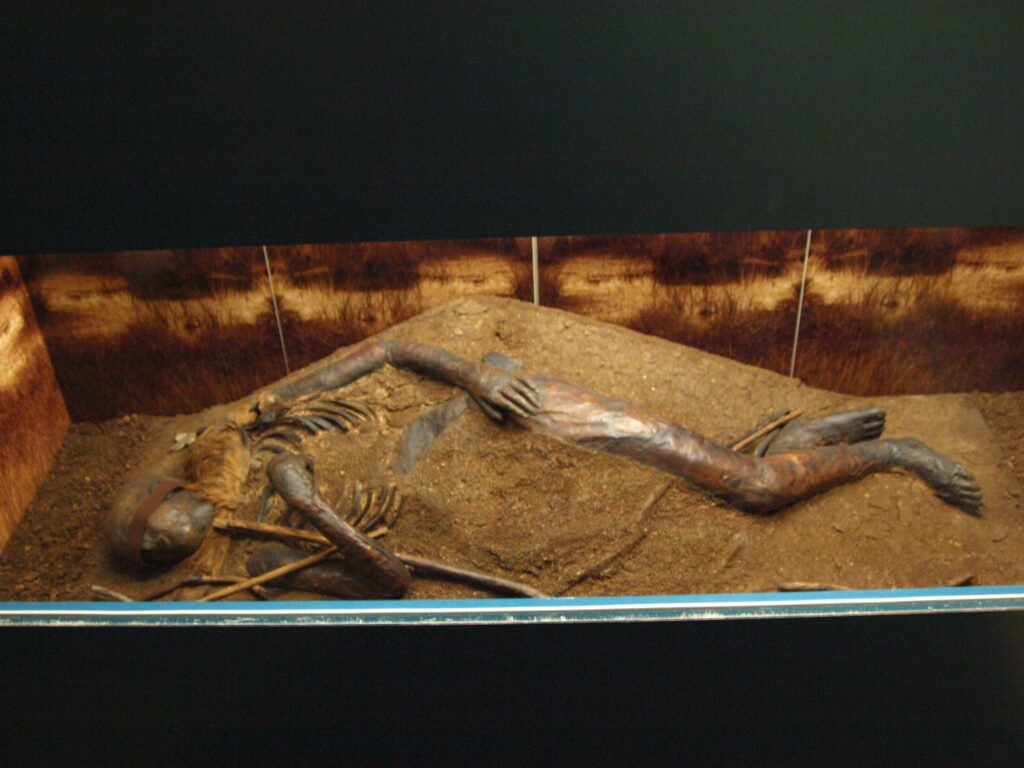
Although not a natural phenomenon, human activity can facilitate fossil discoveries. Construction projects, mining, and digging can inadvertently unearth significant paleontological finds. While these discoveries can sometimes be accidental, they stress the importance of vigilance and collaboration between industries and scientists to preserve these crucial pieces of natural history for future generations.
A Glimpse into the Future

As our understanding of natural processes grows, so does our potential to predict where fossils may be revealed next. Global cooperation and technological advances in geoscience afford new methods for identifying promising fossil sites, ensuring that ancient voices continue to emerge from the past. Each exposed fossil provides a new chapter in Earth’s story, highlighting the dynamic interplay of nature and history.
In conclusion, nature’s forces are surprisingly helpful allies for paleontologists, working tirelessly over eons to unveil the Earth’s storied past. By unraveling the history written in the rocks beneath our feet, these revelations allow us to appreciate the complex and fascinating journey of life on Earth, providing context for both Earth’s history and its future. Through ongoing exploration and responsible observation, we can continue to unlock the mysteries of prehistoric life that resurface when nature decides to reveal them.



